The Right Honourable Ralph Lauren: interview with a fashion legend
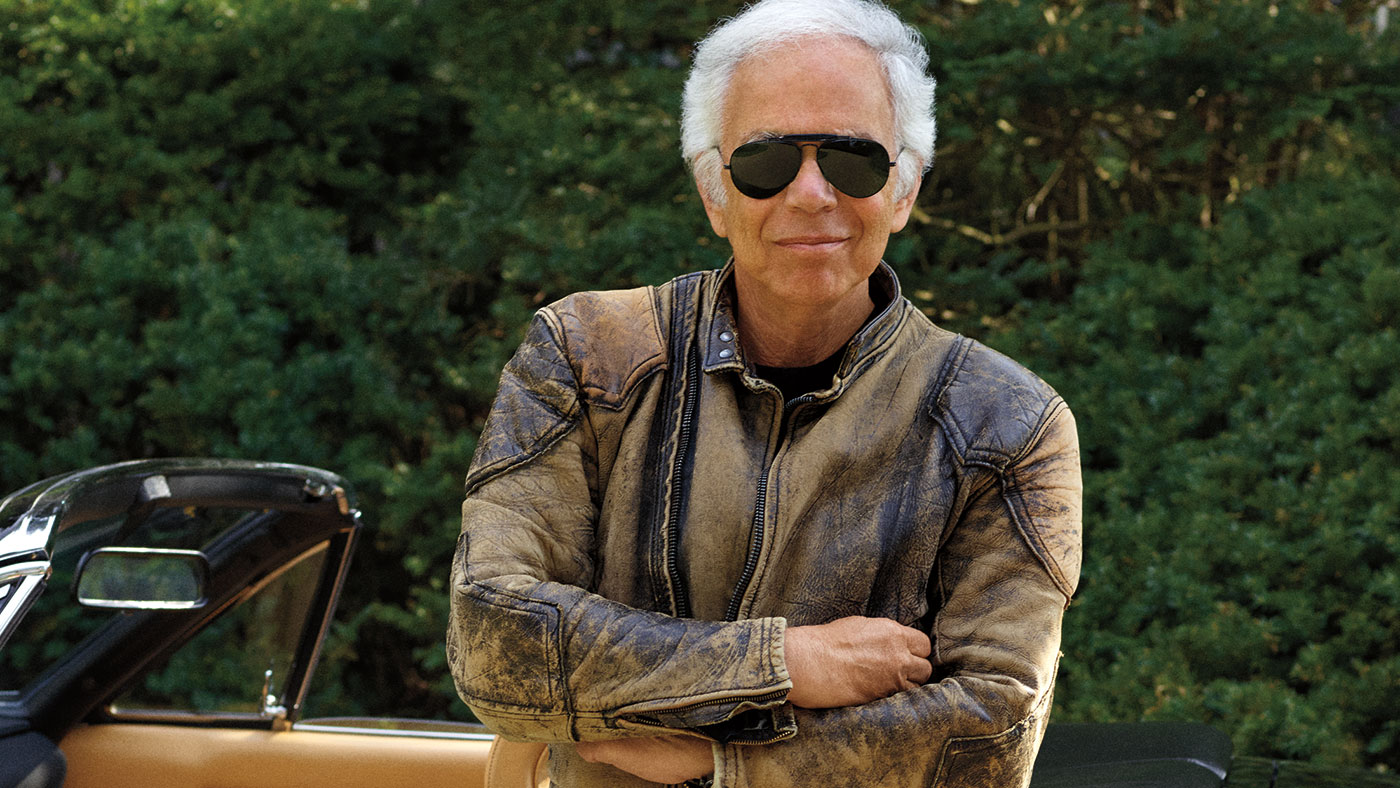
Ralph Lauren’s long-standing reputation for excellence precedes him. He has a lot of ‘firsts’ to his name: he was the first US designer to open a freestanding boutique in America (on Rodeo Drive, Beverly Hills in 1971); the first to receive two Coty Awards, for menswear and womenswear, in the same year (1976); in 1978, he simultaneously launched a men’s and a women’s fragrance, something that had never been done before by a designer brand; and in 1983 he was the first fashion name to launch an all-encompassing homeware collection.
To this day, he is the only designer to receive all of the highest honours from the CFDA (Council of Fashion Designers of America), including Lifetime Achievement, Womenswear Designer of the Year, Menswear Designer of the Year, and Retailer of the Year. This June, the fashion council created a brand new category for the designer when Lauren became the first recipient of a CFDA Members Salute in honour of his 50th anniversary in business.
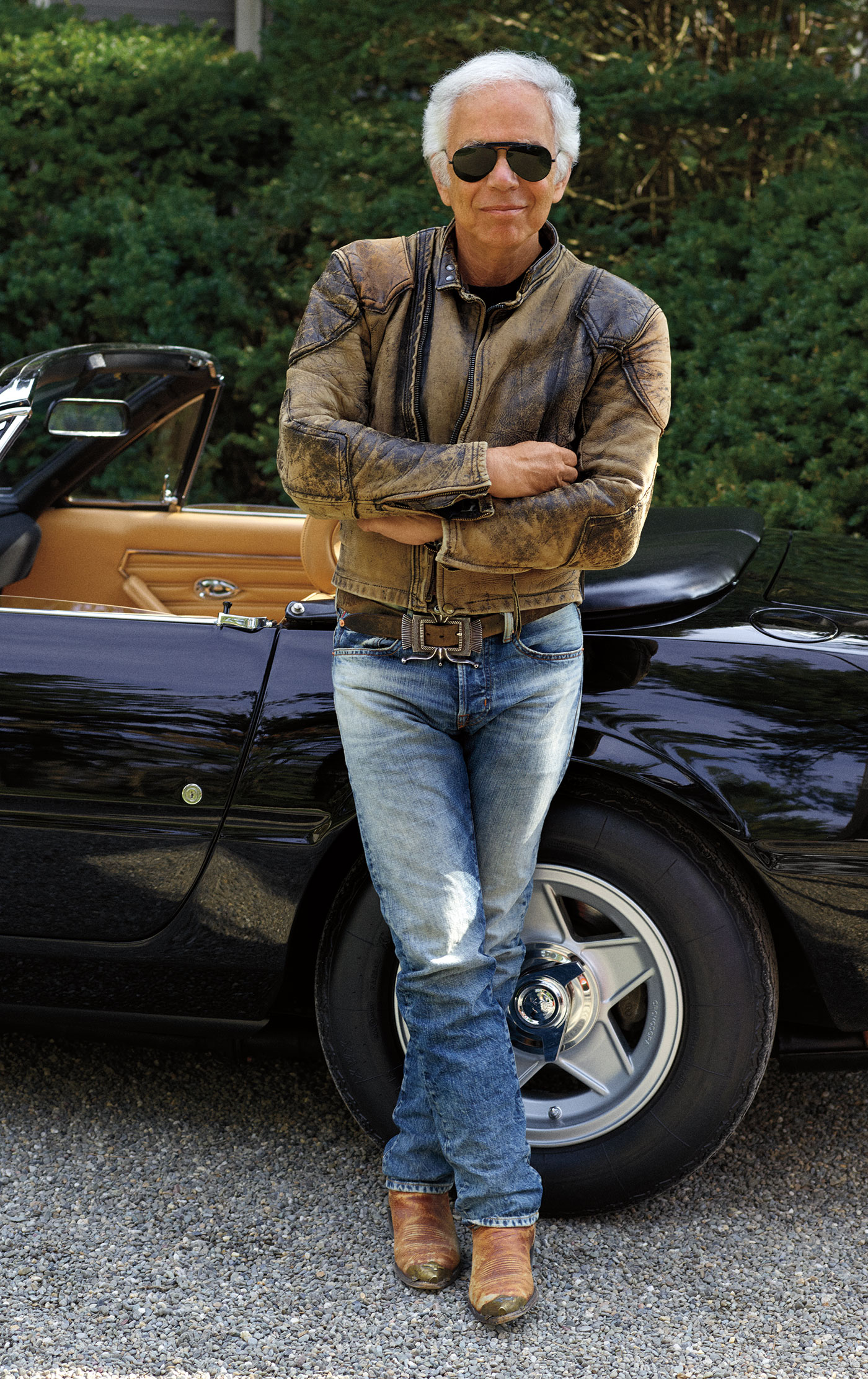
It’s true that no man is an island, but Lauren is one of fashion’s great superpowers, who invented the concept of the lifestyle brand with an ‘all- American’ aesthetic that repurposed his country’s history into a storybook of style. He created his own highbrow pastiche, a mutable patriotic repertoire that drew from cherished and stylistically distinct epochs and influences, including Hollywood’s Golden Age, the Old West, legendary sporting heroes (Joe DiMaggio and Mickey Mantle were Lauren’s as a child), Ivy League style, jet-setting socialites of a bygone age, and, of course, our green and pleasant land – only through the RL lens, Englishness was repackaged with rustic and patrician flair; here was a better, more romantic interpretation of erstwhile British elegance, imbued with American optimism.
The Week
Escape your echo chamber. Get the facts behind the news, plus analysis from multiple perspectives.

Sign up for The Week's Free Newsletters
From our morning news briefing to a weekly Good News Newsletter, get the best of The Week delivered directly to your inbox.
From our morning news briefing to a weekly Good News Newsletter, get the best of The Week delivered directly to your inbox.
At a time when international connectivity, solidarity and empathy are saddled with today’s oft-divisive and polarising political complexities, Lauren’s forthcoming knighthood is also a reminder that success and great achievement are the dividends of talent and creativity made possible only through freedom of expression and a language of openness.
A poor kid from the Bronx – he was born Ralph Lifschitz, the youngest son of Jewish immigrants, on October 14, 1939 – Lauren is the epitome of the American dream; a guy who started small by peddling wide colourful neckties in exotic fabrics in the mid-’60s and just didn’t quit. Throughout changes in fashion, he remained true to his vision, which was unabashedly confident in the Land of Opportunity. Crucially, though, he had hurdles to jump, not walls to climb.
It was for good reason, then, that the designer, now 79, chose to celebrate the 50th anniversary of his namesake label with a dazzling fashion show during New York Fashion Week in September, celebrating diversity and inclusion. “The world was a little simpler, a little more magical,” he said in a 1993 televised interview when quizzed about his childhood, and certainly if ever there was a perfect time to rekindle this precious sense of nostalgia, it was for this milestone half-century extravaganza attended by a star line-up of celebrities: Oprah Winfrey, Bruce Springsteen, Robert de Niro, Hillary Clinton, Steven Spielberg and Tony Bennett, to name but a handful. The fashion establishment was out in force, too: Michael Kors, Tommy Hilfiger, Calvin Klein, Diane von Furstenberg, Donna Karan and Alexander Wang were all present and correct for this tribute to the king of casual elegance.
The catwalk show took place at Central Park’s Bethesda Terrace Arcade, a landmark noted for its 19th-century Minton tiled ceiling and designed by British architect/landscaper Calvert Vaux, who, along with the American Frederick Law Olmsted, conceived the design for the park itself. The location was perhaps a conspicuous nod to American style accented with Englishness – a classic Ralph Lauren design trick – though the runway looks, showcased by more than 150 models, were less about codes of origin than they were about a sense of rootedness: ie, American in flavour, but evocative of a deeper sense of belonging, one that stems from a shared mindset and attitude rather a common country or creed.
A free daily email with the biggest news stories of the day – and the best features from TheWeek.com
In Ralph Lauren’s world – an empire built on the notion of good living – you can be who you want to be, and that’s always been the case as he enters his sixth decade as a fashion high-roller. It just happens that he has always loved the leitmotifs of a homespun American mythology. As such, the catwalk presentation – which included pieces from the Ralph Lauren Collection and Ralph Lauren Purple Label [couture womenswear and refined menswear], Double RL [denim and utility wear], as well as an expansive sporty casual range by Polo Ralph Lauren – was a majestic cavalcade of treasured RL characters whose looks had been rebooted thanks to Lauren’s inexhaustible bon vivant game of mix ’n’ match.
And so, down they walked, his colourful army of raconteurs: the chic laid-back ranchers, sporty types in puffer jackets, patrician ski wear and artisanal knits; debonair squires and ladies of the manor; preppy collegial beaux in button-down shirts and flat-fronted chinos; some girls in Gatsby-esque gowns and opulent ’70s-inspired velvet patchwork dresses, others in striped tennis dresses styled for summertime in the Hamptons. Lauren took his bow, surrounded by these acolytes, dressed in a dinner jacket and bow tie teamed with light blue jeans and cowboy boots.
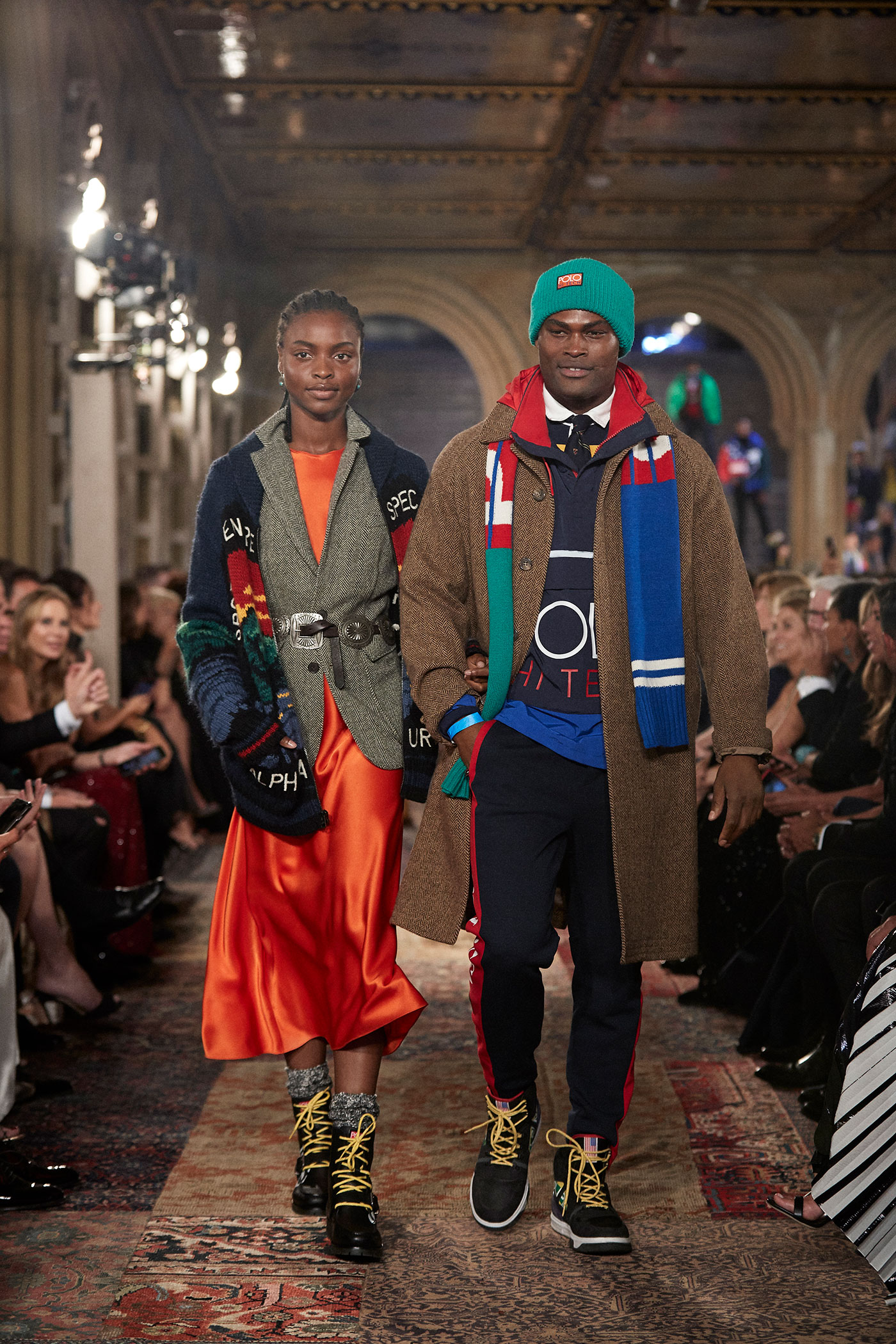
A month earlier, I was invited to interview this titan of the fashion world at his Madison Avenue office. Being a lifelong fan of the brand, I was a little daunted. Like many of my friends, I spent most of my late teens and twenties kitted out in his sporty label, noted for its emblematic motif of a polo rider with a raised mallet, which he first applied to Polo piqué shirts in 1971.
Most of this prized wardrobe I acquired through family in America, since it was far more affordable there than in the UK. Plus, it felt somehow cooler claiming the brand from its original source – America in the early to mid-’90s was a place of high-spirited creativity: you only have to think back to the movies [from Tarantino to Jurassic Park] and the music [from Nirvana to hip hop] to understand why we Generation X-ers were so enamoured with American style, and particularly Polo, shaped by the ultimate ‘rags-to-riches’ mastermind. In 1989, Ralph Lauren released his first knit featuring a US flag; within a year, it was a best-seller.
The same goes for his cutesy teddy-bear sweater, which soon became an unlikely rap subculture favourite. Indeed, Brooklyn’s Lo Life Crew, an influential ’90s hip-hop gang, were Polo-obsessed, and although the attention was unwelcome at the time – they openly bragged about stealing the merch – the hip-hop connection has endowed the label with an enduring streetwear edge, presently one of its most commercially fruitful cachets. Lauren is a hero to many, and as I zipped up the elevator to his high-rise office, I felt a sense of excitement mixed with trepidation.
I was told he was running late, so I waited in the reception room, a dark but cosy study decorated in the style of a traditional gentlemen’s club: all woodsy walls and leather Chesterfield chairs, much like his Polo boutiques. Before long, the veteran designer arrives and warmly apologises for his delay in soft tones. He’s wearing a cobalt blue tracksuit with fluorescent yellow trainers, and a matching yellow Fitbit on his wrist. His hair is a halo of soft grey, but he looks remarkably fit and strong. I notice that the draw cords of his hoodie top are pulled to the exact same level; around his waist, he’s fashioned a climbing rope into a belt, fastened with a silver carabiner clip hook. There’s nothing out of place: this is laid-back, utilitarian style fitted by a perfectionist.
Lauren’s office is much more airy than the study, and ‘Western’ in style: there’s a giant Woodrow Blagg graphite drawing of a cowboy and horse on the back wall. It’s the backdrop to an equally large glass trellis table strewn with souvenirs and knick-knacks. “These are all personal gifts. Things I love. Toys that I love,” he says. I recognise the room from a photo in Architectural Digest magazine in 2013; many of his trinkets have remained in place, further proof of his reputation as a perfectionist with an obsessive eye for detail.
Suspended from the ceiling are models of a ’50s plane; on the desk, a vast array of vintage footwear including child-size Weejuns and cowboy boots, leather-bound notebooks and framed images of his family: Ricky, his wife of 54 years, and their now grown-up children, Andrew and David and daughter Dylan. There are new additions, too, the most notable being a large-scale remote-control Batmobile – the ultimate gadget for the ultimate car collector whose automotive inventory, which includes rare Lamborghinis, Ferraris, Bugattis, and Aston Martins, is said to be worth upwards of $350m. Lauren is also a bibliophile, and there are books everywhere – in neat piles, on the desk, and stacked on mahogany shelves.
“Look at this,” he says, carefully lifting a Brooks leather cycling saddle, a gift from a friend. “It’s all handmade. Everything about it is.” I ask him if he’s used it at all. “No! It’s too perfect to ride,” he exclaims. Lauren is in a relaxed mood, hence the tracksuit. “I’m always experimenting with things that I love,” he says when I compliment him on his DIY belt.
“Today I walked in and everyone said, ‘I love what you are wearing! I Iove the watch! I love the shoes!’ I’ve never been stuck in one world, and that’s what has made the company last. To be able to have fun is important, as is the ability to be loose. Kids are back to collecting Polo clothes: they collect the colours [of the brand’s iconic piqué shirts], the graphic and patterned pieces, things that I originally did in the ’90s. It’s very hot now.” Sportier offerings seen in this season’s Polo Ralph Lauren collections are indeed redolent of a ‘loud and proud’ retro aesthetic; in womenswear, for example, colour-block hoodies emblazoned with the Polo name recall the bright, baggy hoodies and bombers once worn by Salt-N-Pepa, the ‘First Ladies’ of ’80s/’90s rap.
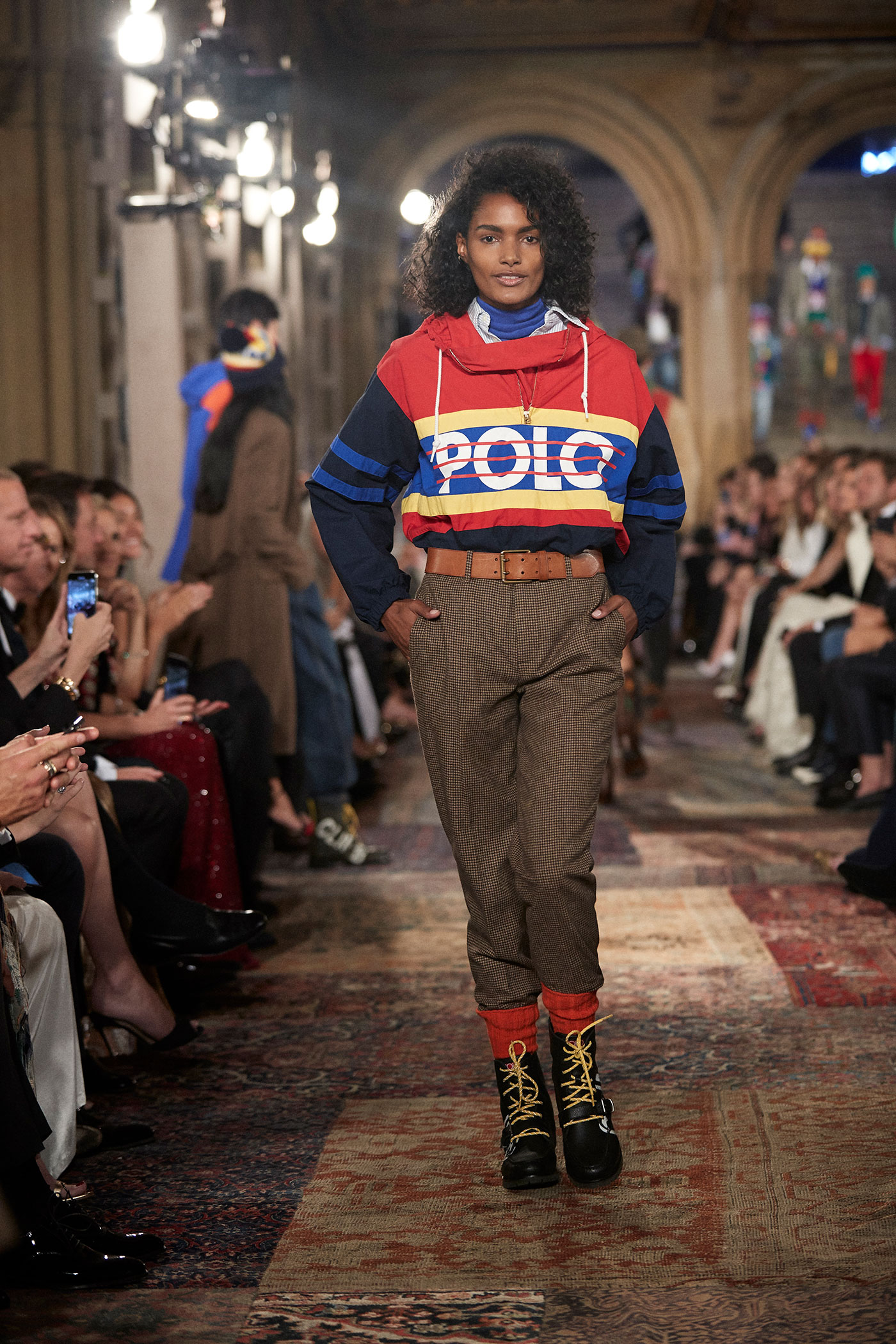
“The pleasure is owning your brand,” Lauren says when we touch upon the subject of how he’s kept a tight grip on his signature aesthetic through the decades. “I started it, I built it, and I brought it public,” explains the designer, whose initial public offering of Polo Ralph Lauren came in 1997.
“It’s a brand that’s going strong, and I feel it’s mine. I mean, I own a good share of it, so I don’t want to be one thing or another. I am who I am, and it’s a personal thing. I think if you look at brands and companies – those that are consistent, that have a point of view – they’re the ones that have longevity. If you jump all around, it’s a pot-luck game. I like things that go on, that are classic and built to last, but that doesn’t mean you should stop developing. I try to make things that are creative and stimulating, but not lose my identity.” This is a rhetoric that the designer has stuck to for years, no doubt because his creative drive is earnest, easy to articulate, and straight down the line.
Lauren is, by his own admission, unyielding – and, as he says, it’s this tenacity and self-conviction that got him noticed in the first place as a young tie salesman. “In the late ’60s, it was the heyday of Bloomingdale’s. I really thought they should be buying my ties, but when I showed them my designs, they said they were too wide. The width and the fabrication were a very big element [to me]. They tried the mod thing, but it was a disaster here. There was nothing around like my ties; men’s retail was very different back then, and it didn’t get a big place in the stores. Bloomingdale’s had a nice men’s department, but they were growing.
“I always believed in myself. If I had changed [the ties to be narrower], I wouldn’t be here today. I would have disappeared. I didn’t know it at the time, but I carried this sentiment through into everything I do.” Indeed, by 1969 the fledgling designer had launched his own in-store boutique in Bloomingdale’s – a first for the celebrated department store.
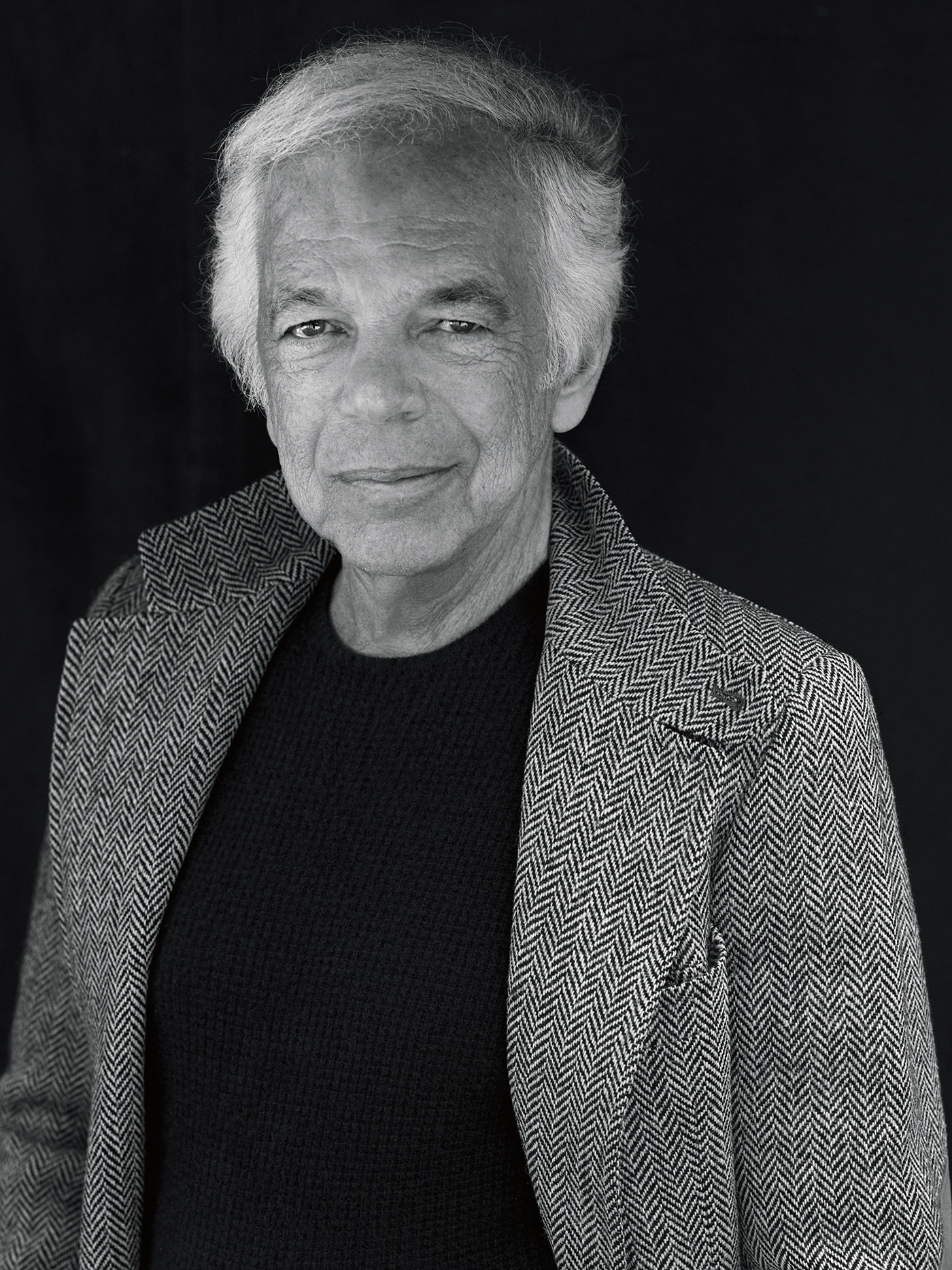
“Nobody is impressed with elaborate clothes any more,” a young Lauren told The New York Times in March 1974. “A man doesn’t automatically have class because he wears custom-made suits. A girl who is solid doesn’t want to be known as a fashion lady.” The paper called this move towards simplicity ‘New Fashion Realism’ and, according to the writer of the piece.
“Being comfortable, to Mr Lauren, doesn’t mean the abolition of quality. He feels relaxed in suede pants and a cashmere sweater over an open shirt.” As this demonstrates, Ralph Lauren, label and man, have never fallen victim to the vagaries of fashion. “I didn’t have a masterplan. I just really wanted to express myself. I would have been very happy [in 1967 when he first launched his tie business] just having my own company, but it started to sell and I went with it. I stood for it. I didn’t just sell it to anybody. I turned down certain shops. I wanted it in the right places. I knew who my customer was.”
And what a broad international customer base he has: Ralph Lauren Corporation currently sells in 472 retail stores and 632 concession-based shop-within-shops. Lauren’s anecdotes put this consumer reach into a more romantic context: “When I first met Steven Spielberg, he told me he grew up with Polo. They all remember when they wore it and how important it was to them in school. I like what I like and that is what I work with.” Ever the gentleman, he then turns to me: “You know, we talk about artists [in fashion] and we talk about a brand. There is no trend for me. I like what I like, and that is what I work with. I think the fact that you’ve bought my clothes since you were 18 is pretty great. It says something about you.”
He’s flattering me, of course, while cleverly commending himself. But a compliment from Mr Ralph Lauren, arbiter of cool, classic style for 50 years, is one that I’ll accept with alacrity.
-
 The rise of runcations
The rise of runcationsThe Week Recommends Lace up your running shoes and hit the trails on your next holiday
-
 Amorim follows Maresca out of Premier League after ‘awful’ season
Amorim follows Maresca out of Premier League after ‘awful’ seasonIn the Spotlight Manchester United head coach sacked after dismal results and outburst against leadership, echoing comments by Chelsea boss when he quit last week
-
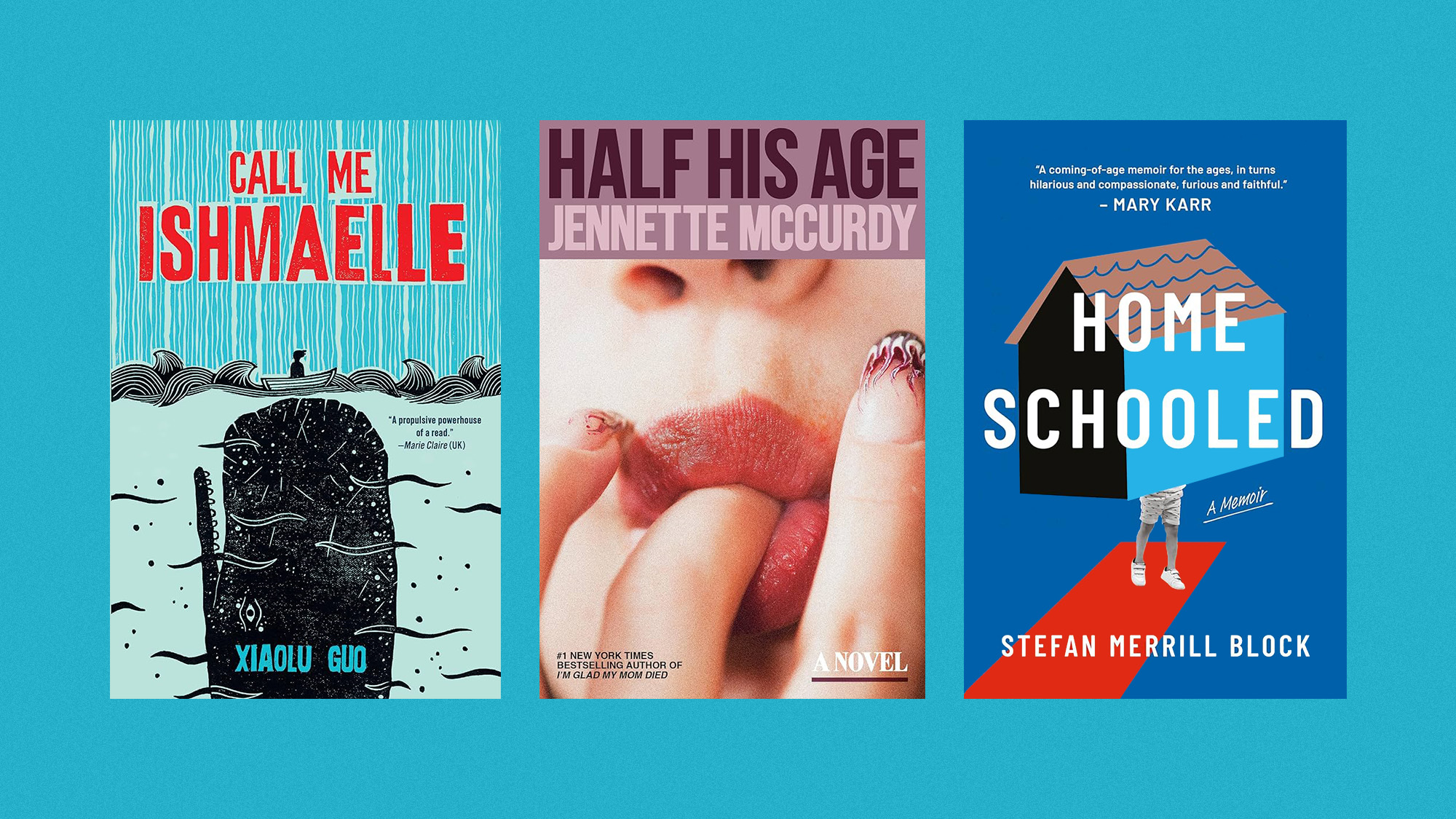 January’s books feature a revisioned classic, a homeschooler's memoir and a provocative thriller dramedy
January’s books feature a revisioned classic, a homeschooler's memoir and a provocative thriller dramedyThe Week Recommends This month’s new releases include ‘Call Me Ishmaelle’ by Xiaolu Guo, ‘Homeschooled: A Memoir’ by Stefan Merrill Block, ‘Anatomy of an Alibi’ by Ashley Elston and ‘Half His Age’ by Jennette McCurdy